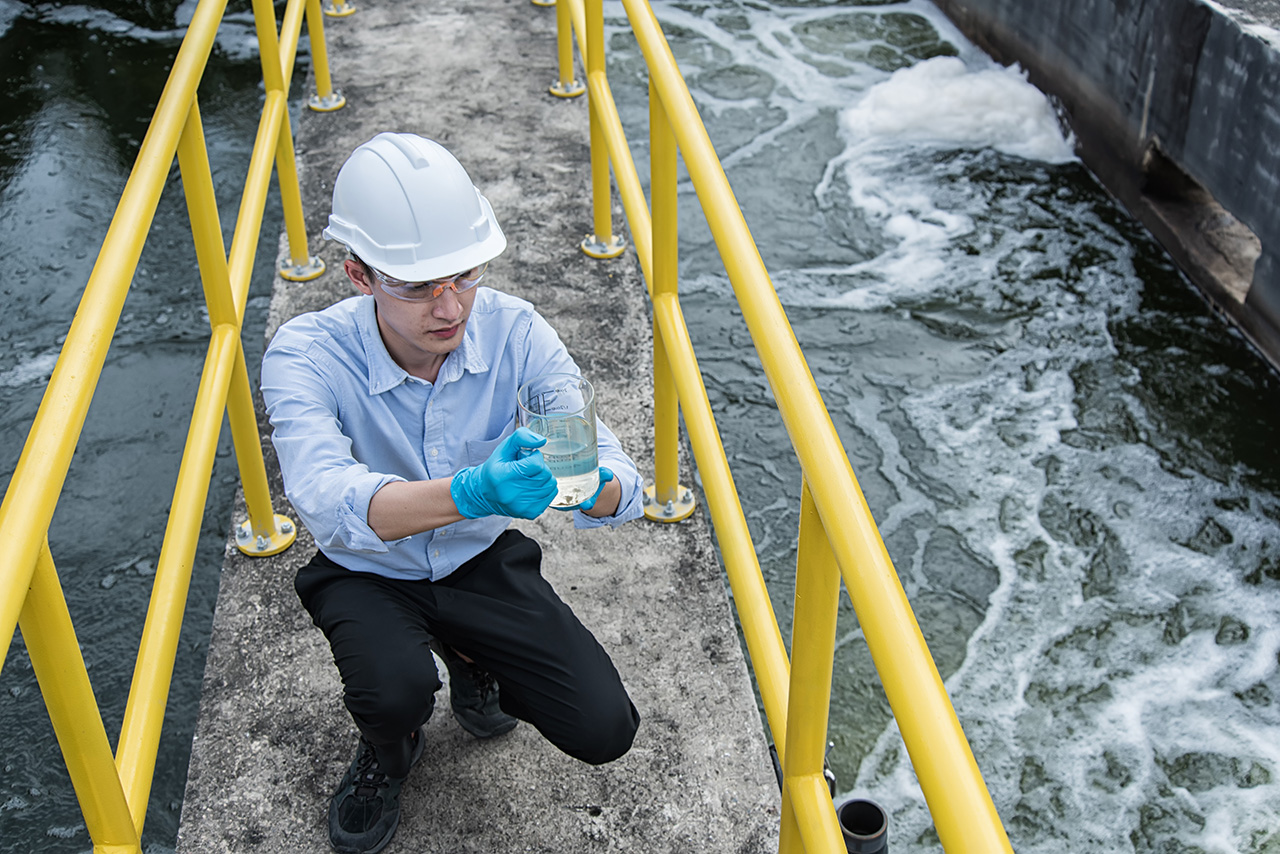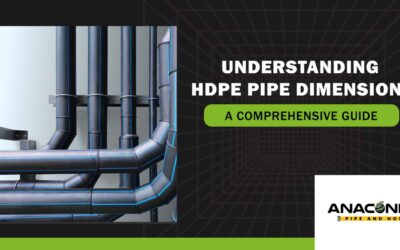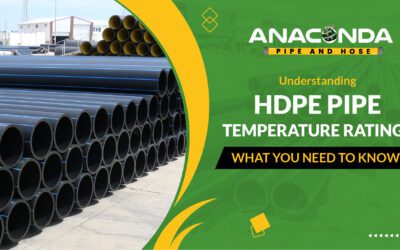HDPE Sludge Pipe – Game Changer for Wastewater Plants
At wastewater treatment plants worldwide, inefficient and frequent clogging of sludge pipe systems results in some of the highest operating costs facility managers face. Despite large-scale infrastructure investments into treatment technology, many plants still need to utilize updated pipelines that cannot withstand sludge transfer’s demanding and abrasive nature.
Replacing current piping materials like concrete or steel with advanced HDPE (high-density polyethylene) pipe systems allows wastewater plants to transport sludge reliably and efficiently.
____________________________________________________________________________
The Challenges of Transporting Gritty, Corrosive Sludge
Before treated wastewater can be safely discharged, treatment facilities must properly process concentrated sludge byproducts containing all removed solids and residual organic matter. This nutrient-rich sludge accrues in tanks and, from there, is pumped to digesters and dewatering facilities through interconnected piping networks.
Traditional concrete and steel piping tends to struggle with this sludge due to:
- Low Impact Strength: The innate rigidity of concrete and steel frequently causes fractures from pressure spikes, seismic activity, ground shifts, or stray electrical currents, resulting in pipe structure failures that halt sludge transport. Their joints also readily leak when seal failures occur.
- Internal Corrosion and Abrasion: Concrete erodes from constant chemical and particulate abrasion, while steel piping corrodes internally from consistent abrasive exposure, forming persistent clogs and flow restrictions that impede effective sludge transfer.
- External Damage: Heavy abrasion from large solid particles in sludge combined with hard mineral particulate erode pipe walls, again limiting flow. Drying sludge cakes also often crack concrete through persistent frictional contact.
These interdependent factors at wastewater treatment plants lead to exponentially rising maintenance costs, pipe replacements, disrupted processing capacity, and permit violations, negatively impacting plant efficiency, infrastructure health, and environmental compliance.
____________________________________________________________________________
The Engineered Solution: Fusion-Welded HDPE Piping Systems
For over two decades, specialized HDPE sludge pipes have provided wastewater treatment plants with an engineered solution for their unique sludge transport challenges, thanks to crucial material advantages:
- Fusion-Welded Joints: Rather than seals or gaskets that deteriorate, leak, and let in abrasive grit, HDPE uses heat fusion to create continuous leak-proof joints that equal or exceed the strength of adjoining pipe walls.
- Flexibility and Elasticity: This factor provides high-density polyethylene pipes with solid resistance to fractures from ground movement, seismic events, vehicle impacts, or pressure spikes – enabling consistent flow. In situations that might destroy iron or concrete pipe, HDPE flexes and then returns to form.
- Smooth Flow Bores: Lacking crevices for particulate adhesion and build-up, fused HDPE maintains consistent flow and self-cleansing velocities to prevent heavy sludge particulates from accumulating into problematic clogs over decades.
- Abrasion and Chemical Resistance: With exceptional durability against internal and external abrasion, HDPE can maintain smooth flow bores and structural integrity – keeping consistent flow and transport capacity far longer than materials like steel or iron.
Here are the top reasons progressive wastewater treatment plants utilize HDPE piping infrastructure for gritty, corrosive sludge:
Handles Varying Flow Volumes Without Leaks or Cracks
The fused joints and flexible walls of HDPE sludge pipes withstand intermittent pressure fluctuations from large sludge volumes without leakage or cracks that impair performance in other pipe infrastructures.
Damage & Clog Resistant
Sludge particles causing abrasion, solid organic/inorganic particulate, and drying sludge cakes cannot wear down, roughen up, or erode the inside walls of HDPE pipes enough to reduce transport capacity for 50-100 years.
Impervious to External Corrosion
HDPE sludge pipes remain unaffected by corrosive soil conditions, chemical abrasion, stray electrical currents, or microbial corrosion, maintaining consistent flow parameters and structural safety.
Simplified Installation & Handling
Available in long custom lengths up to 50 feet, HDPE sludge pipe reduces the number of joints needed compared to concrete or steel. Because it weighs 1/8 as much as concrete, it enables simplified transport, adjustments, and repairs.
Substantial Operating Cost Reductions
A projected 50-100-year service life with minimal flow disruptions because of typical sludge pipe damage factors can substantially lower lifetime costs and eliminate the need for expensive periodic pipe replacement.
____________________________________________________________________________
Building Reliability Into Sludge Infrastructure
By leveraging fusion-welded HDPE sludge pipes’ resilience against fluid pressure changes, particulate abrasion, and adverse environmental factors, wastewater plants can achieve centralized sludge management, resulting in:
- Optimized operational efficiency
- Reduced maintenance costs
- Minimal water leakage
- Compliance with environmental regulations
In an era when many facilities still operate using outdated pipeline infrastructure unfit to meet increasing urban load demands, upgrading to HDPE sludge pipes equips plants with durable and future-proofed backbones that can withstand years of use.
The bottom line? Prioritizing sludge management efficiency dictates that high-density polyethylene piping comprehensively addresses the pain points of traditional pipe materials like steel or concrete. Its engineered precision for this critical application provides reliability for modern wastewater treatment infrastructure.
As wastewater plants struggle with high-maintenance pipelines, advanced HDPE sludge piping provides the ideal solution — delivering consistent transport capacity for over 50 years through fused, leak-proof joints, damage/corrosion resistance, simplified handling, and substantial operating cost reductions. By proactively upgrading to HDPE sludge pipes, facilities can optimize sludge management efficiency, minimize permit violations, and future-proof infrastructure to support increasing demands. HDPE sludge piping reliably addresses the shortcomings of traditional materials, enabling centralized sludge compliance and environmental stewardship for generations.






0 Comments